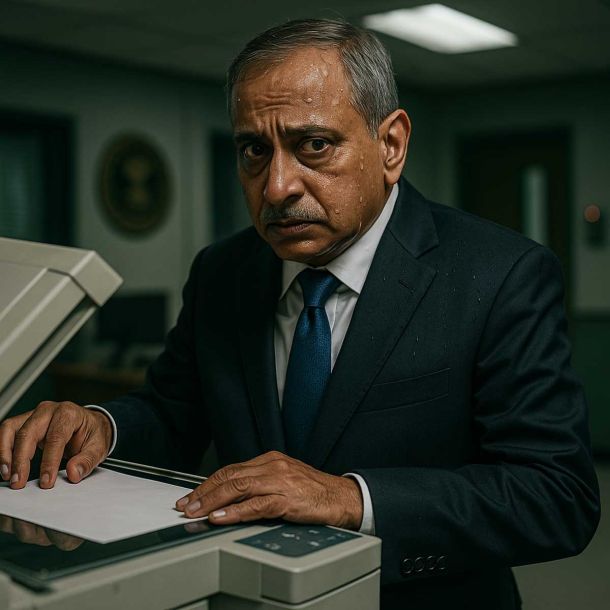More Coverage
Twitter Coverage
Satyaagrah
Written on
Satyaagrah
Written on
Satyaagrah
Written on
Satyaagrah
Written on
Satyaagrah
Written on
Join Satyaagrah Social Media
Why Hindus not claiming their temples back from the Government control: Is pro-Hindu govt will always be in power

It has been Indian secularism’s biggest defect that our Constitution, which promises to be fundamentally secular, has multiple provisions specifying exactly how religious institutions should run. A government that has its eye on the wealth of temples must also have the intellectual honesty to not maintain that it’s a secular government. Yet of this failure, every single Indian government of the past, and the present, is culpable.
On March 11, Jaggi Vasudev, identified as ‘Sadhguru’, launched a ‘missed call campaign’ demanding that temples in Tamil Nadu should be ‘freed from government control’. In the interview to CNN-News18 in January, Jaggi Vasudev had said, “We live in times where we understand that the government should not manage airlines, airports, industry, mining, trade — but how is it that sacred temples can be managed by the government? What qualifies them?” His demand was particular for Tamil Nadu, which is significant given that the state is set to go to polls soon. Jaggi had sought the intervention of Chief Minister of Tamil Nadu Edappadi Palaniswami, DMK Chief MK Stalin, and actor Rajinikanth.
However, this demand to ‘liberate temples’ is not really new. A cursory search will tell you that the primary argument is that India, as a secular country, cannot be having ‘control’ on the religious institutions. Those in favour of ‘freeing’ temples also contend that places of worship of other religions like mosques and churches ‘are not under government control’, so why temples?
|
There has been a systematic destruction of the Hindu way of life by attacking the institutions that are at the core of Dharmic religious and philosophical thought. In turn, this has created a fertile ground for the Abrahamic religions to slowly creep up on to the various susceptible populations, aided by the govt led destruction of temples and their resources. Eating away at the various activities that were originally a part of the temple’s aegis of functioning. Viewing it through the single lenses of govt control, though, does not do justice to the various other aspects of society within which these temples are situated.
Last year, the government of Tamil Nadu submitted a report to the Madras High Court stating that in 11,999 temples in the state, there is no pooja or ritual taking place as there is no revenue. In 34,000 temples, there is only one person to manage all the affairs of the space. While 37,000 temples record a revenue less than Rs 10,000 per annum. They estimated that around 12,000 temples will die in the next few years.
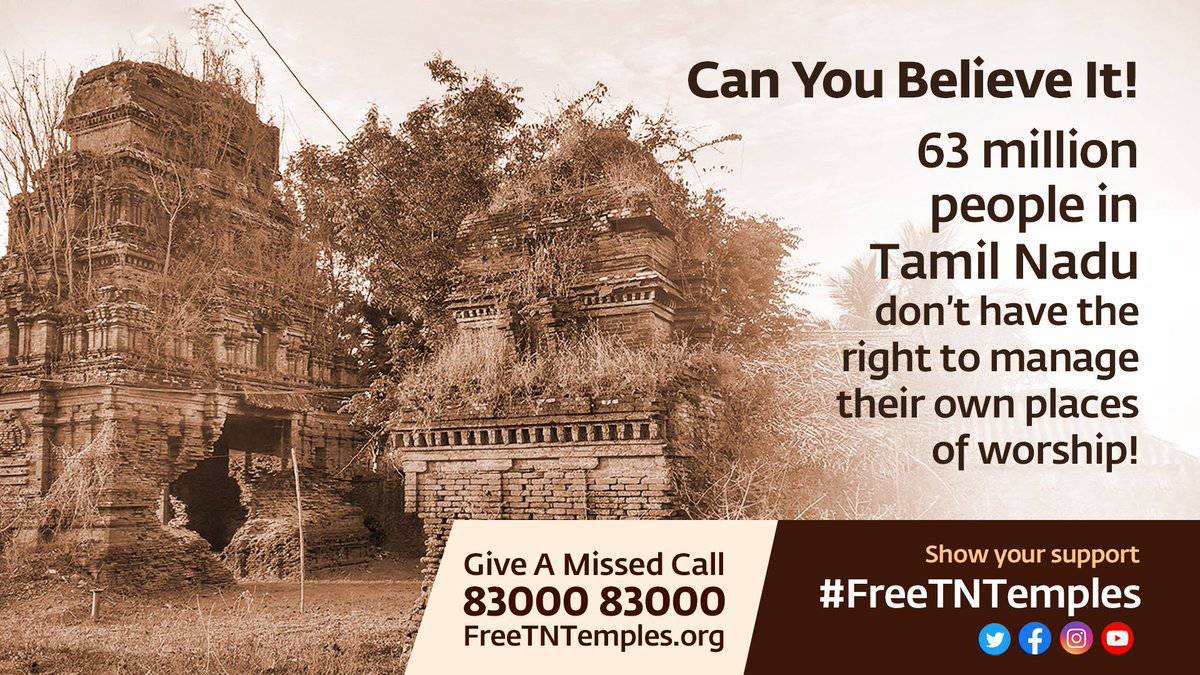 |
Tamil Nadu has the dubious distinction of pioneering the Hindu Religious and Endowments Acts, and controls directly through government servants around 43,000 temples and endowments, acquired illegally. It is a fact reiterated repeatedly by the courts. – L. Ravichander
|
An official statement by the government attests that 1,200 deities have gone missing, stolen. Several police officers have written books claiming that thousands of deities are fake, as the original idols have been stolen and replaced with counterfeits in the last 25 years.
This is not social media sensationalism. This is a stark reality that we are facing. If we continue like this, in another 100 years, except for a few major temples, all of them will be extinct.
How did we end up here?
First of all, a temple is a subjective affair. You cannot run a temple with mere employees. You need passion and devotion for it. But right now, temples are in government control, and someone who has no feeling for the temple is managing it, so naturally, they will not keep it well. A temple is not a business but the soul of the community. It can only be managed with tremendous involvement and devotion.
Those advocating for equality say that the process of taking control of temple riches was started by the Mughals and was followed by the British rulers. After Independence, the Jawaharlal Nehru government continued with the policy of controlling the temples by enacting the HRCE Act in 1951. “To the contrary, there is no such control over mosques and churches. We demand that in the same way, temples should also be freed from any kind of control. The government must amend the Act, which is the root cause of the problem,” said J. Sai Deepak, noted Supreme Court lawyer. He also pointed out that traditionally also the “Raja” (king) does not have the right over the wealth of the temple.
Interestingly, the Supreme Court, in at least three landmark judgments, has asked state governments to hand over religious institutions to the community. However, this has not happened till now. At present, there are two petitions pending before the Supreme Court in this regard.
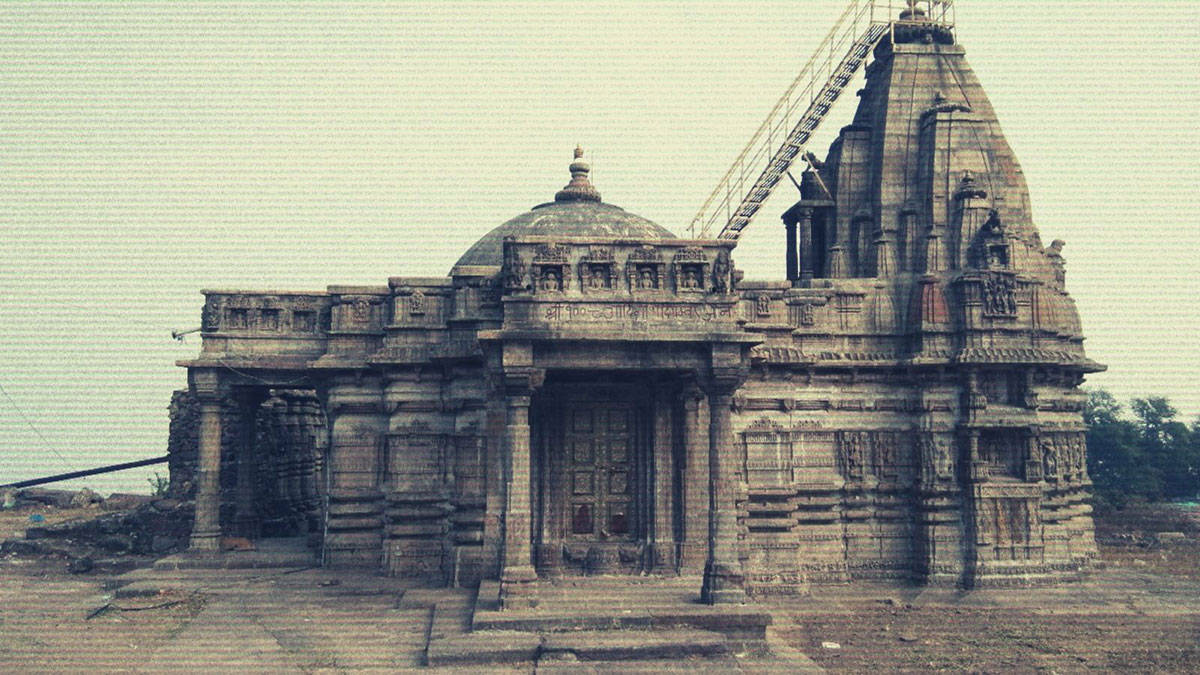 7 brass kalasams atop towers of Manjal Neer Kootha Ayyanar temple looted |
Stranglehold on temples: A colonial legacy
Why is the government managing temples? There is a long history to this.
In 1817, the first Madras Regulation was passed and the East India Company – a corporate – took over the temples. Their idea of a temple was land, gold, diamonds – wealth. They transported everything they could, and what they could not is left here in the temples. Then in 1840, there was a directive to release the temples back; this was a consequence of Christian missionaries who protested that it was disgraceful for Christians to manage pagan temples. Anyway, the gold was taken, so they had no business there anymore. In 1925, temples were becoming the hubs of organizing freedom movements, so the Madras Religious and Charitable Endowments Act was brought in, to bring them under government control. Since the minority communities strongly protested, their places of worship were released, and only Hindu temples were held.
Ironically, in 1925, the Sikh Gurdwaras Act was passed that brought gurdwaras under the control of an elected body of Sikhs. So the British had one set of laws for Hindus and another for the Sikhs, Muslims and Christians.
Even today, Hindu educational institutions, temples, religious traditions are subject to government control and judicial review, look for instance at the Supreme Court order on the Sabarimala temple.
Post-Independence, the Tamil Nadu government took control of temples and their funds by an act passed in 1951 called the Hindu Religious and Charitable Endowments Act, 1951. The act’s provisions were challenged in the Madras High Court and subsequently in the Supreme Court in the Shirur Math case. Many provisions of the 1951 act were struck down by both courts. With some changes, The Tamil Nadu Hindu Religious and Charitable Endowments Act was passed in 1959. The Congress was in power in the country then.
It said that the purpose of the act was to see to it that religious trusts and institutions are properly administered and ensure that the income is not misused.
The new act abolished the Hindu Religious Endowments Board and vested its authority in the Hindu religious and charitable endowments department of the government headed by a commissioner.
If the government believes that any Hindu public charitable endowment is being mismanaged, it may direct the commissioner to inquire and bring the endowment under government control. This provision of mismanagement does not apply to Muslim and Christian communities.
If you read the fundamental rights granted to every Indian citizen in the Constitution and then look at the HR & CE laws, it is absolutely outrageous. The very fact that a certain community is targeted, and cannot keep its own places of worship, amounts to nothing less than apartheid. Why is it that everyone else can manage their religious affairs, but one community, which is the majority community, cannot?
Legally, what is a temple? A temple is not “an establishment” under the Shops and Establishments Act. In accordance with Article 25 of the Constitution, which guarantees to all persons: “freedom of conscience and the right to freely profess, practise and propagate religion”, the proviso, which is also part of the original Constitution, that the guarantee does not prevent the state from making a law “regulating” or restricting any “economic, financial, political or other secular activity” which may be associated with religious practice was a red herring.
Would the “privatisation” or “liberalisation”, to apply a phrase implying reverting of ownership and control from the state to the people in economics, of Hindu temples necessarily lead to their better management? Would it assure these endowments are administered in a manner that guarantees safeguarding of the basic civil rights of the various different followers of the Hindu religion?
The state’s argument that its intervention in Hindu endowments and trusts is not aimed at deforming religion out of existence, but rather at ensuring that the administration of endowments stays true to both the will and intent of the grantor and of India’s secular ideals, is clearly flawed. In theocratic states like the Vatican, Saudi Arabia, Yemen, the state is founded on a stated belief that a nation will be ruled directly by God’s will, or indirectly through God’s priests or theologically defined representatives. Religion, therefore, would have to have a stated, defined non-role in a secular system.
The Article 25, which envisages preventing the state from making any laws which restrict it, also empowers people’s will to be really “free” to practise or profess whichever religion they believe in (or not in the case of atheists and agnostics). But the history of Hindu temples and religious institutions being supervised, controlled or regulated started emphatically way back in 1929. As the Hindu Dharma Acharya Sabha said recently, “Traditionally, a temple was at the centre of community life and was not just a place of worship.
Education, art, sculpture, architecture, music, poetry, literature, agriculture and even the local judiciary were all promoted and sustained by a temple. We have several inscriptional evidences of such institutions. In the last nine decades, the government has taken control of almost all institutions around temples which have been systematically destroyed because none of such institutions exist today.”
Every temple had charitable endowments, including property given to temples, for the benefit of the community. The benefits included rest-houses, pathshalas, gaushalas, and institutions for the advancement of education and feeding of the poor.
Those who speak of cultural invasion by the West, too, miss the point as to how the Indian arts lost their principal patron in the autonomous Indian temple. Aren’t agricultural lands belonging to temples all too easily becoming governmental properties?
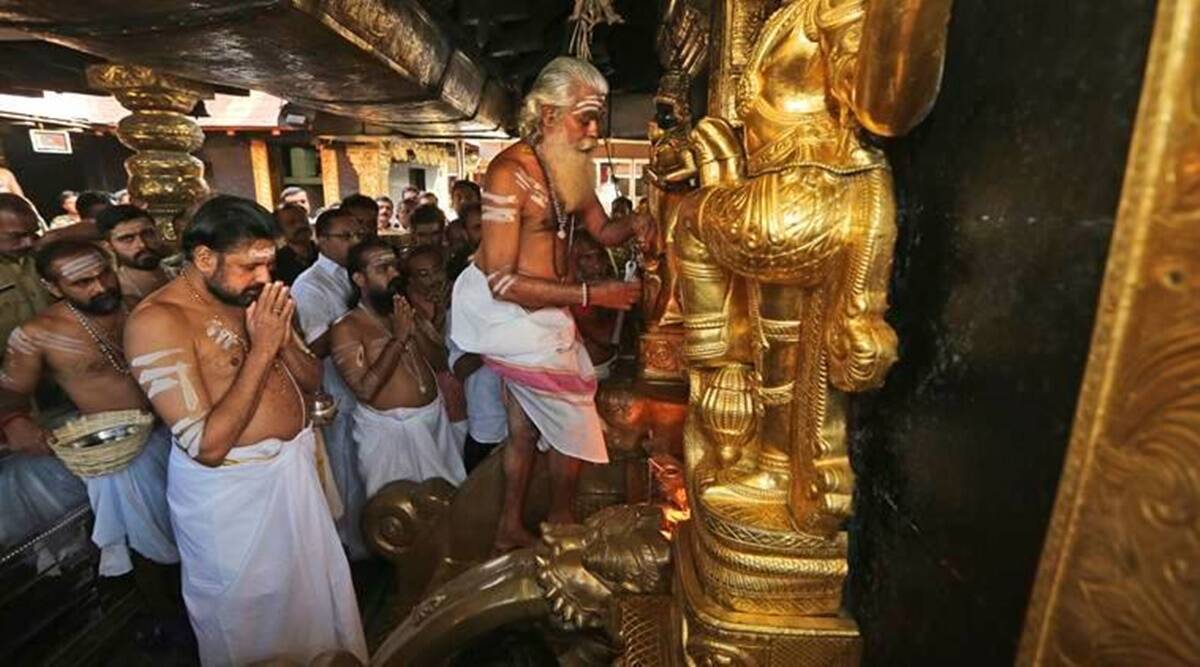 |
Devotees can unleash the potential of temples
The Madras Acts served as inspiration and guide for more than a dozen laws passed by the Tamil Nadu government as well as by neighbouring states. It included the 1959 law of Andhra Pradesh. Tamil Nadu thus has the dubious distinction of pioneering the Hindu Religious and Endowments Acts, and controls directly through government servants around 44,000 temples and endowments, acquired illegally. It is a fact reiterated repeatedly by the courts.
However, the revenue from all this is only Rs 128 crore per annum. In comparison, the Shiromani Gurdwara Parbandhak Committee has 85 gurdwaras in their hands, but their budget is over Rs 1,000 crore. For 44,000 temples that belong to a community comprising 87 percent of the population, a revenue of Rs 128 crore smacks of abysmal mismanagement. All the Hundi collections are not spent promoting Sanatana Dharma, or for the benefit of poor Hindus, or on opening hospitals and orphanages. Instead, the money is spent on what is mysteriously called ‘development and construction'.
A common argument is, "If you give the temples back to the community, will they manage them better? Maybe they will do worse." What this means to say is that in 87 percent of the population, you cannot find a handful of people with the necessary integrity and competence to do this. This is ridiculous.
If you leave the temples to the devotees, they will manage them in a wonderful, vibrant way. There are many modules you could use to run temples. For example, look at the way gurdwaras are run – the amount of food that the langars provide, and how they reach out to people in times of need. Imagine the budget that temples could have, given the amount of land revenue they could earn. They could do so much more. You could attend to pandemics, natural disasters, and other crises that occur in the region. Above all, because they are connected with the community, they can handle such situations in a very effective way by using money efficiently – unlike the government where money is filtered through the system, and only a few drops trickle down most of the time.
Also, the volume of people's sweat and blood that has been invested in the last few thousand years in these temples is not small. You can run the entire state just on temple tourism. Because the temple is not only about a certain religion. The temple is about art, history, culture. Especially in Tamil Nadu, the temple tower is the state emblem. Many of the towns are called “temple towns” as the temple is the core of that town. Because of the temple, there is a town – not the other way around. The amount of work that has been done is absolutely incredible, in terms of architecture, sculpture, art and engineering. There is nothing like it anywhere else in the world, but we are just letting it languish because of our apathy. It is time to fix that.
The liberal black robe has gone to an extent of declaring that the seva puja for Lord Jagannath has both a religious and a secular aspect, and the state was justified in regulating the secular aspect. The appointment of priests is accepted to be a secular function, despite their performing an essentially religious duty.
This logic was taken to its extreme conclusions by the Supreme Court when it was held that management of a temple is, in fact, a secular function. By holding succession a secular matter, the state has now become the appointer of a religious head of any Hindu institution. Resultantly, courts now determine if a matter related to a Hindu institution is religious or not. Would they be equally at ease doing so for other religions?
At a time when state roles in spheres like railways, airways, ports and banks are being privatised, and governments are claiming to be spokespersons of Hindu dharma, this is an issue that calls for attention. The state needs to hand over control of temples back to the Hindus.
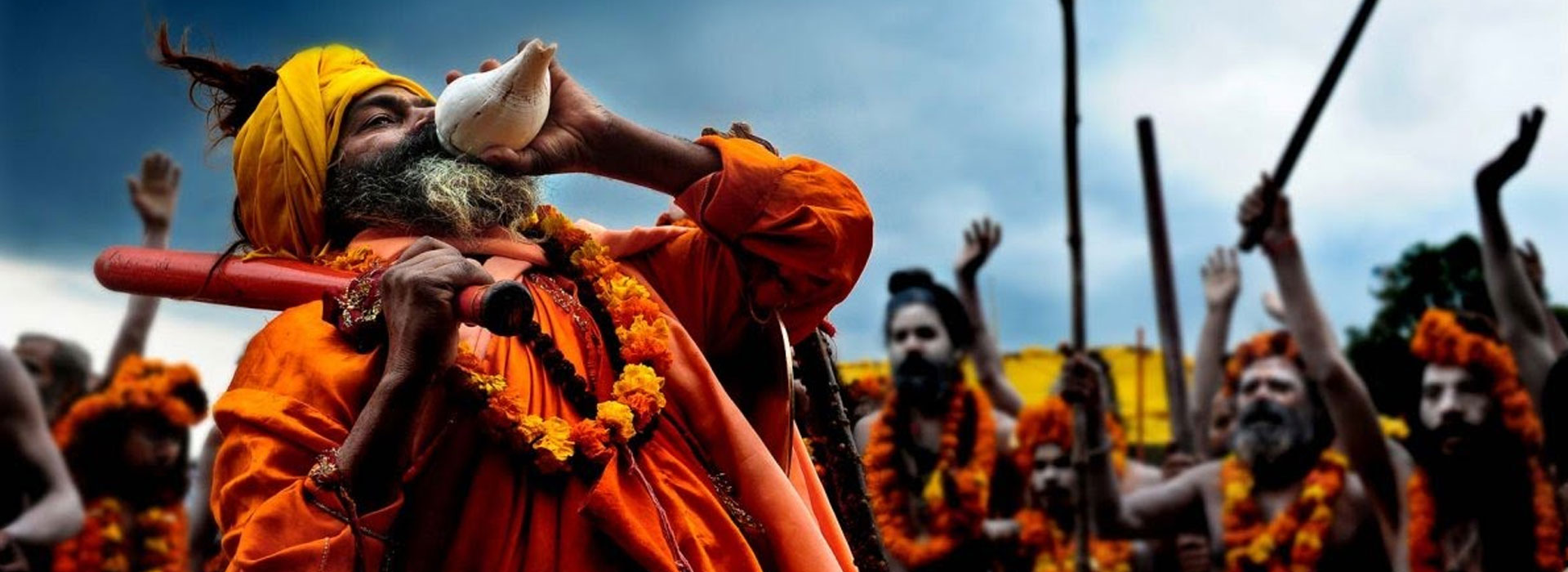 |
Exercise your democratic right for temples
It's a firm belief that in a democratic country, before the election, every responsible citizen must clearly articulate what are the few things that must happen in their country or state. Political parties must know that this is what the people want and they must make their manifestos based on that. But if the people do not say anything now and then protest, cry, and make comments after the election is over – this is irresponsible citizenry.
Recently the major political parties in Tamil Nadu announced sums of money for temple restoration and travel allowance for making pilgrimages. Unfortunately, what is missed here is that the concept of giving remuneration was meant for minorities because the origin of their religion is far away; their places of pilgrimage are in foreign countries and they cannot afford the travel expenditure. For Hindus, our temple is our pilgrimage. You can drive, take a train or walk. Even today, thousands of people make pilgrimages from the Himalayas to Rameswaram and back by foot. They do it quietly, and the government need not participate in that. It is our business. We do not need money for that.
What we need is for the government to return temples to be managed by devotees. The community should stand up and say to political parties, “If you do not hand over the temples to us, we are not going to vote for you.” The handover need not be done hastily in one-shot. It is a complex process and should be done properly. The important thing is to first show an intent. A commission could be appointed to evolve a process of devolution of our temples back to the community.
Above all, after 74 years of free India, if people do not have the freedom to practice their religion the way they want, what kind of freedom is that? Even after Independence, the British policy continues. Are Hindus so incompetent and corrupt that they cannot manage their own temples?
References:
Opindia.com - Anjali George - 10 August, 2020
DECCAN CHRONICLE - Free temples from state control - Published - Apr 23, 2021
Bharatabharati.in - Posted on Apr 27, 2021 by VOI
Thenewsminute.com - Geetika Mantri - MARCH 12, 2021
Sundayguardianlive.com - Free temples from government control - Navtan Kumar - Published - May 23, 2020
 Support Us
Support Us
Satyagraha was born from the heart of our land, with an undying aim to unveil the true essence of Bharat. It seeks to illuminate the hidden tales of our valiant freedom fighters and the rich chronicles that haven't yet sung their complete melody in the mainstream.
While platforms like NDTV and 'The Wire' effortlessly garner funds under the banner of safeguarding democracy, we at Satyagraha walk a different path. Our strength and resonance come from you. In this journey to weave a stronger Bharat, every little contribution amplifies our voice. Let's come together, contribute as you can, and champion the true spirit of our nation.
 |  |  |
| ICICI Bank of Satyaagrah | Razorpay Bank of Satyaagrah | PayPal Bank of Satyaagrah - For International Payments |
If all above doesn't work, then try the LINK below:
Please share the article on other platforms
DISCLAIMER: The author is solely responsible for the views expressed in this article. The author carries the responsibility for citing and/or licensing of images utilized within the text. The website also frequently uses non-commercial images for representational purposes only in line with the article. We are not responsible for the authenticity of such images. If some images have a copyright issue, we request the person/entity to contact us at This email address is being protected from spambots. You need JavaScript enabled to view it. and we will take the necessary actions to resolve the issue.
Related Articles
- Narasimha Rao govt brought places of Worship Act as a hurdle in reclaiming ancient Hindu heritage destroyed by Muslim invaders
- 5 lakh kg of temple jewellery has been melted so far, DMK government planning to melt even more
- Why India’s temples must be freed from government control
- Jagannath Temple administration issues clarification on proposed sale of temple lands
- Madras High Court: Do not take decision on melting Temple gold till Trustees are appointed
- An Artisan Heritage Crafts Village: Indigenous Sustainability of Raghurajpur
- Blast from the past: why DMK government’s idea to melt temple gold is dangerous?
- Dear NSUI, Bhagat Singh And Subhas Chandra Bose Admired Savarkar And His Ideas
- The forgotten temple village of Bharat: Maluti
- Indian govt won’t be any different from British if Hindus can’t manage their own temples
- Culture And Heritage - Meenakshi Temple Madurai
- ‘Kanyādāna’ in an Age of lunacy and trending social media campaigns: To Give or Not to Give
- Biggest Wonder of the World : Kitchen of Lord Shri Jagannath
- Gita Press Gorakhpur – Bringing Sacred Hindu Texts to Every Hindu Home
- Yes, Secular India’s shift towards ‘Majoritarianism’ is very much real: So, just deal with it





















